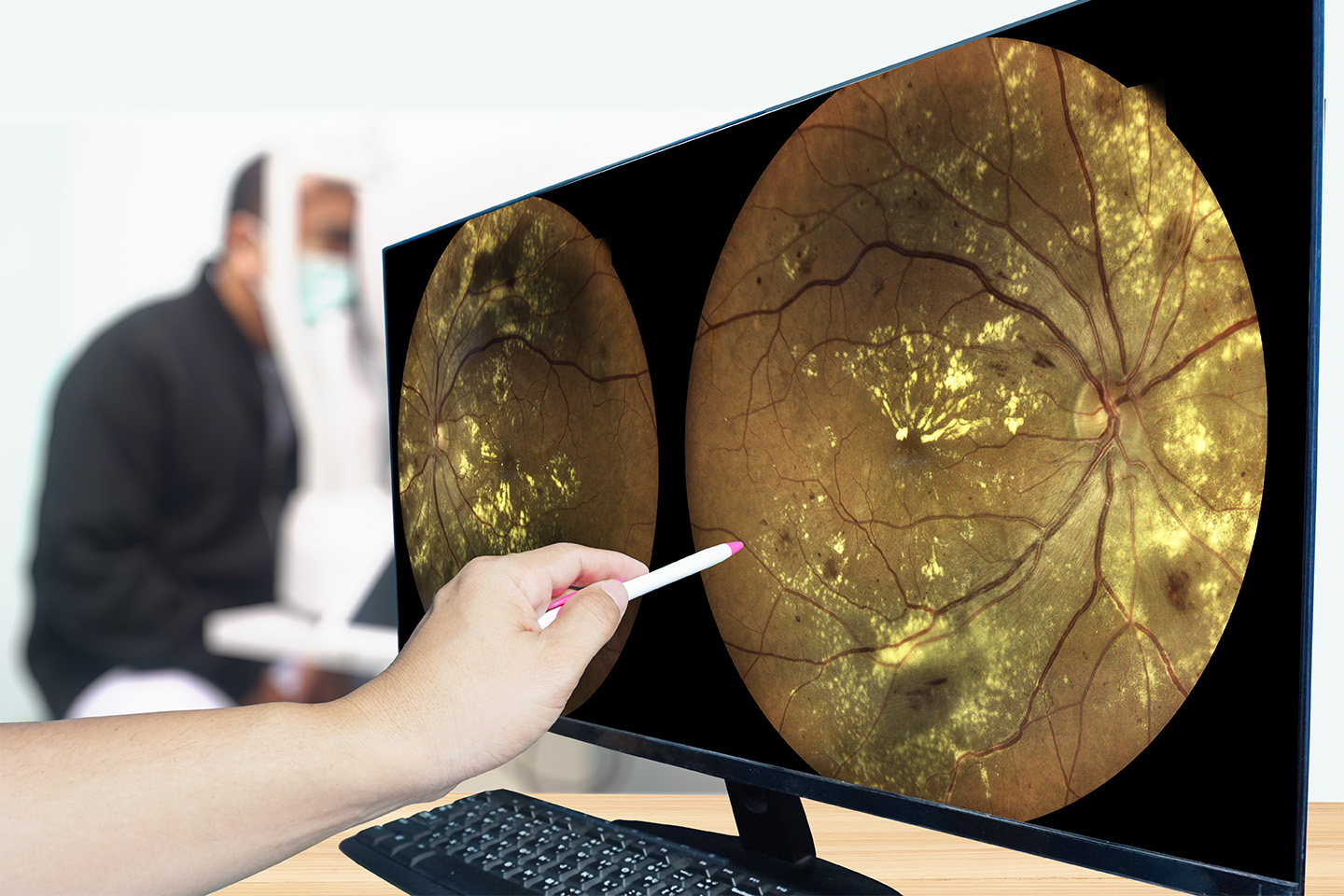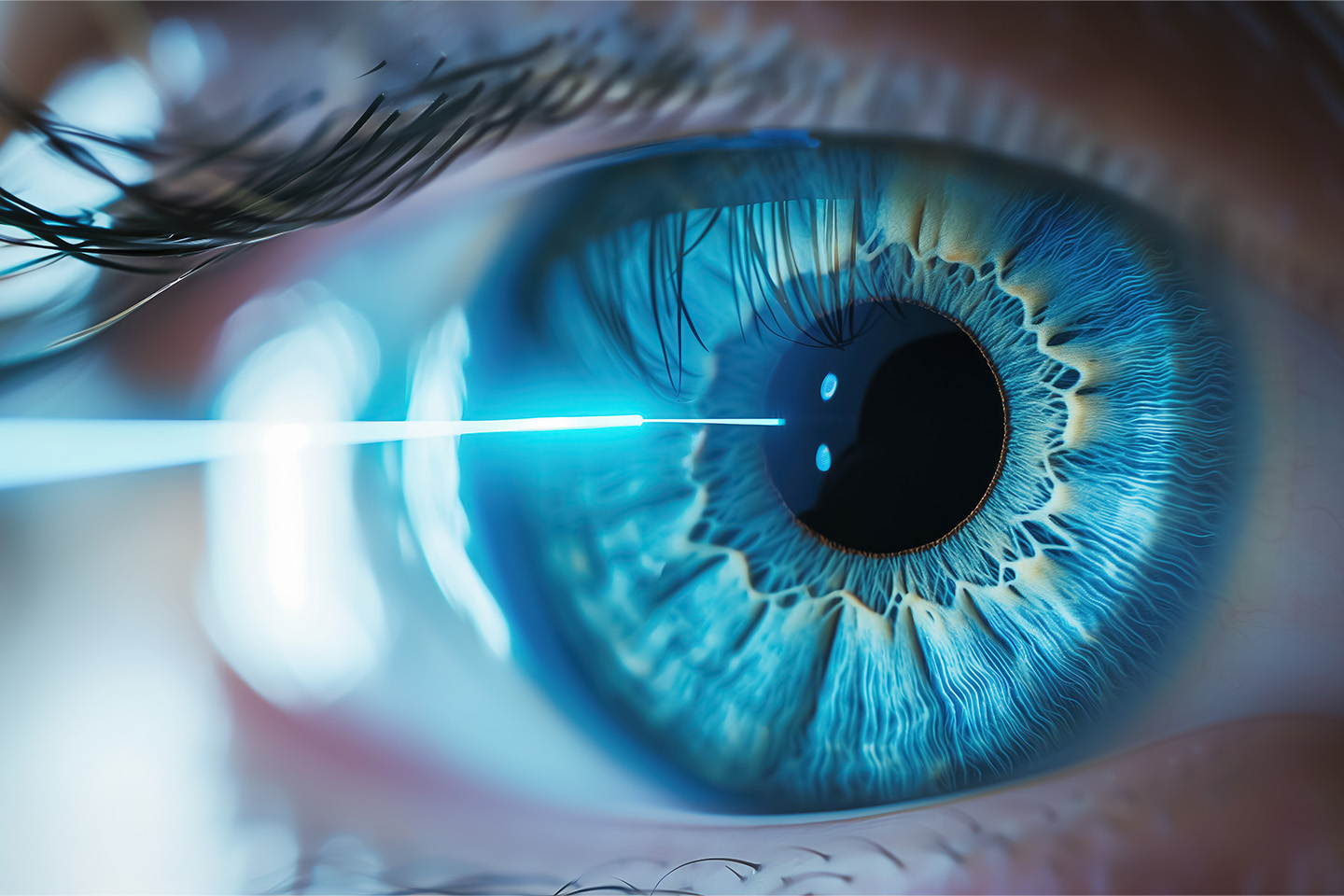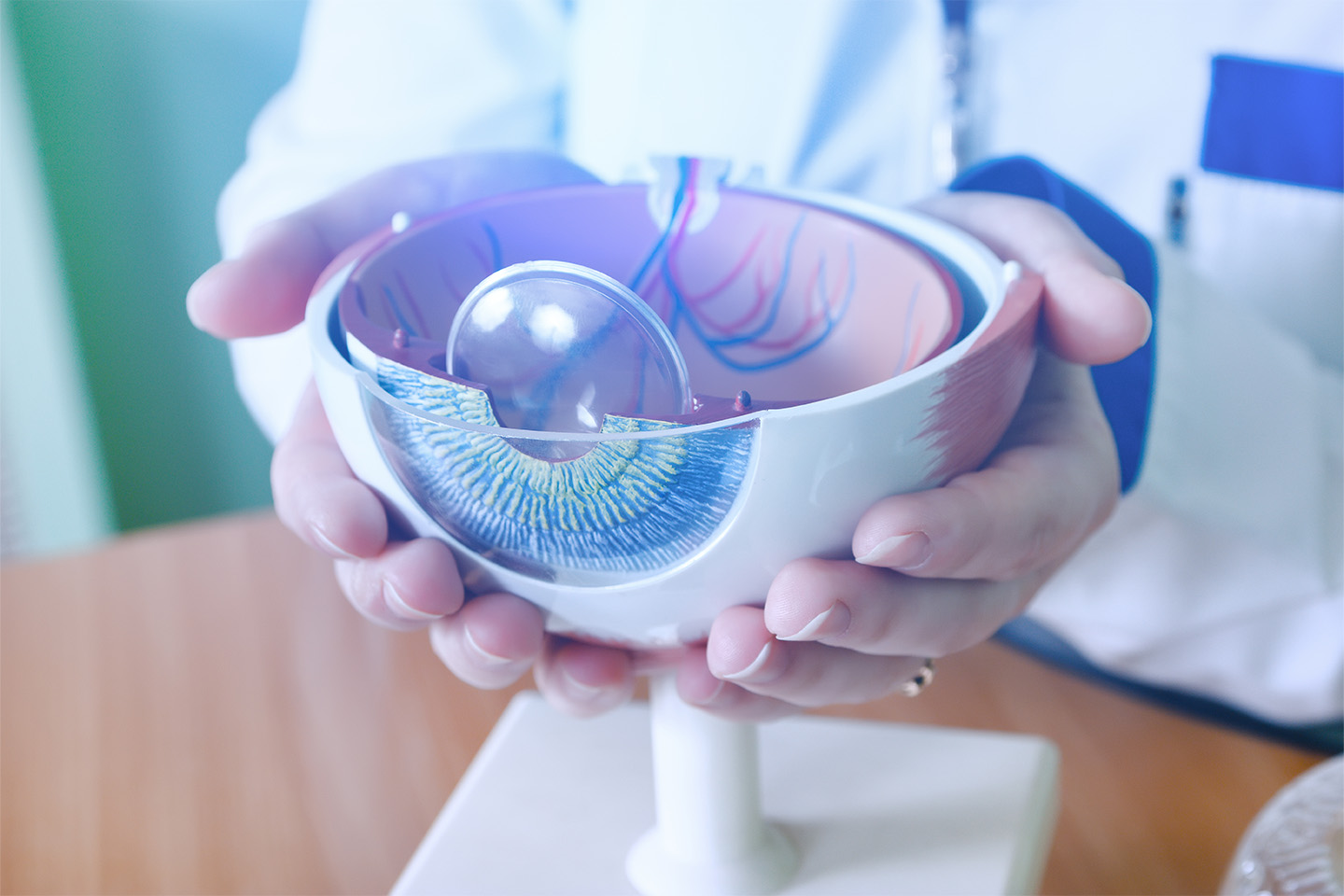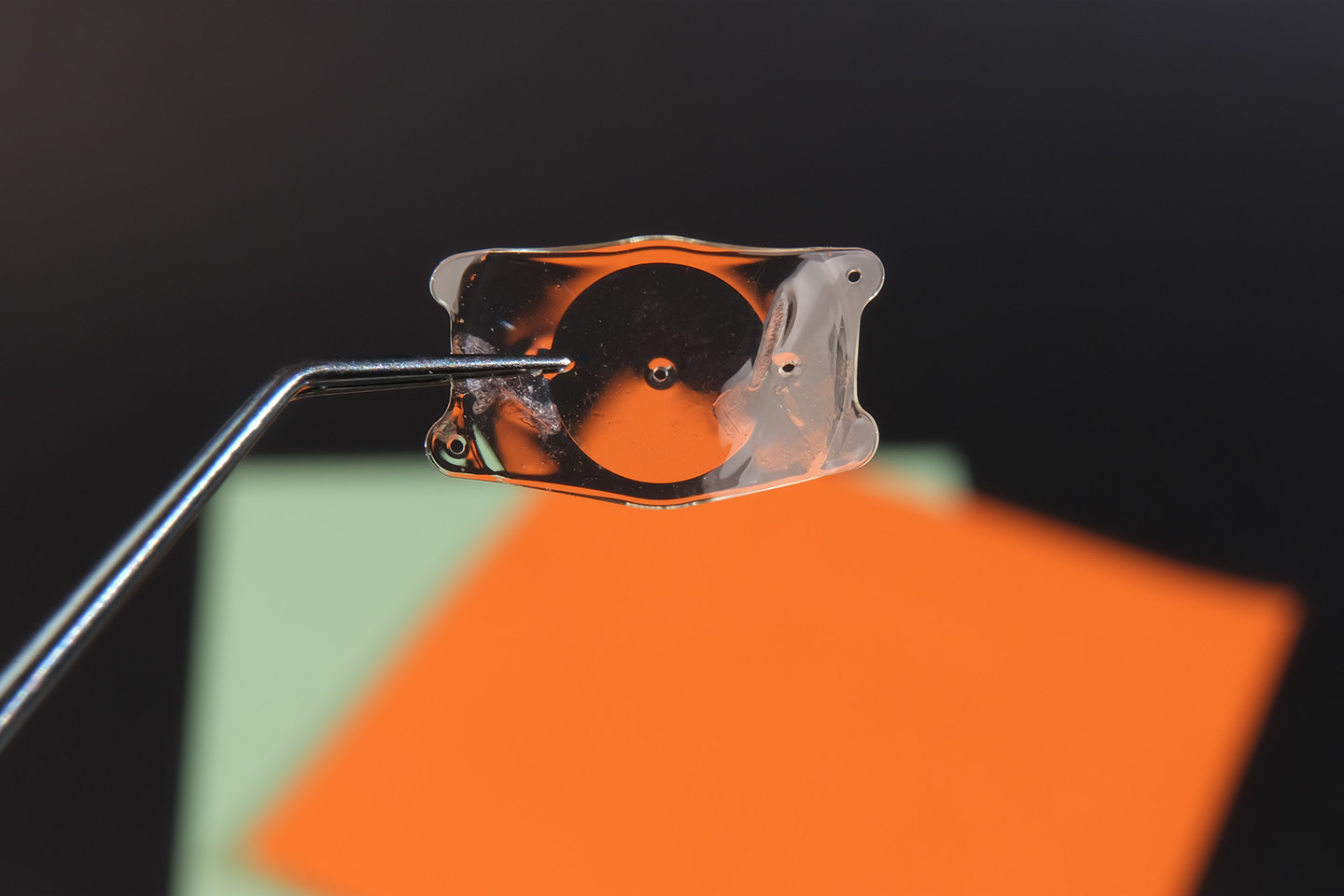How Lighting Impacts Health and Productivity
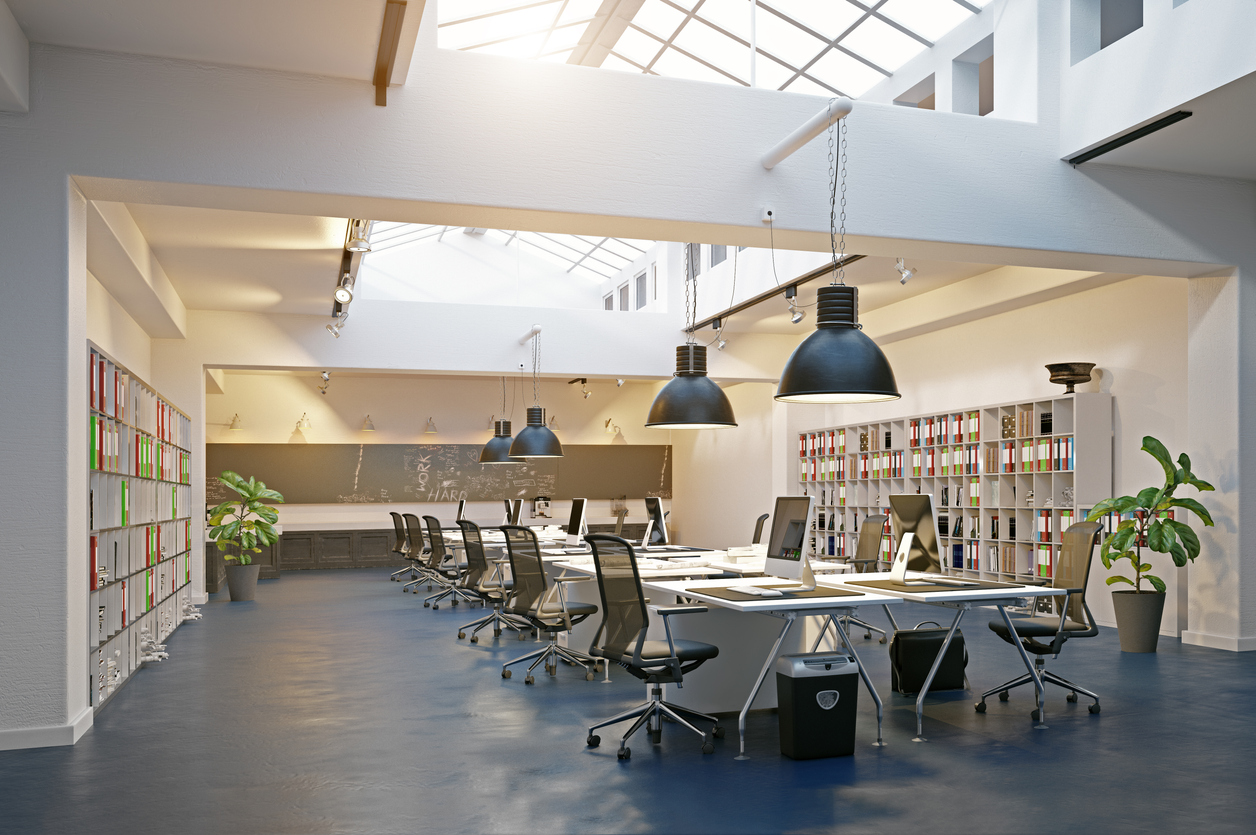
Investing in better office lighting doesn’t just improve your physical workplace — it can also boost worker productivity.
Although sometimes overlooked in the workplace, lighting can have a considerable impact on employee concentration and productivity. In fact, just one flick of a switch can transform workers’ health and well-being.
New research has been surfacing over the past several years that highlights a significant connection between light and circadian rhythms, the mechanism that drives our sleep cycle, stimulation, and relaxation. Given some of these benefits, businesses have begun exploring new ways to improve productivity by turning their attention to office lighting.
Our Eyes and Light
When light enters the eye, it first passes through the cornea before reaching the retina — the part of the eye that is responsible for light-sensing. There are two types of cells located in the retina — rods and cones. Rods control vision in low light and cones control color vision and detail. When light makes contact with these cells, a myriad of chemical reactions occur.
In recent years, scientists have discovered a new cell in the retina: melanopsin. Melanopsin absorbs the light that hits the retina and sends signals to the brain about external light levels. Moreover, melanopsin is incredibly sensitive to blue light levels. Since blue light is frequently found on digital screens and in poorly lit environments, it’s very present in the workplace.
The Relationship Between Light and Productivity
Blue light is a bit of a double-edged sword. On one hand, exposure to it can lead to health benefits like increased alertness, improved memory, and generally better moods. It can also help control your body’s circadian rhythm.
But blue light can be harmful if our eyes are overexposed to it. For one, blue light that radiates from our screens decreases the contrast between periphery items in our vision. This can lead to eye strain and headaches. This is particularly prevalent in offices that have poor lighting on top of numerous computer screens.
What’s more, although exposure to blue light during the day can help maintain your circadian rhythm, studies have found that excessive blue light in the evening can cause you to lose sleep.
The Dangers of Artificial Lighting
Generally, there are two kinds of light that are present in any office space — artificial light and natural light. The two primary modes of artificial light are dim lights and high-intensity lights. While dim lighting can create a calm mood, it has the potential to strain the eyes and compound the negative effects of blue light.
On the other hand, too much high-intensity light, especially fluorescent lighting, has a number of negative effects on workers. In addition to causing eye strain, it can trigger migraines, headaches, and make it harder for employees to focus on work.
Natural Lighting
The best solution for office lighting is to avoid using too much artificial light and instead turn to natural light. A recent study found that windows were one of the primary determinants of worker satisfaction. What’s more, natural lighting renovations have been proven to result in more content workers, less absenteeism, and less illnesses. Natural light can even boost productivity.
To learn more about how light affects your eyes, seek treatment for a vision problem, or simply get a routine check-up, make an appointment with the doctors at ICON Eye Care today. Our optometrists will be happy to provide you with an eye exam and help keep your vision in top shape.
[DISPLAY_ULTIMATE_SOCIAL_ICONS]

